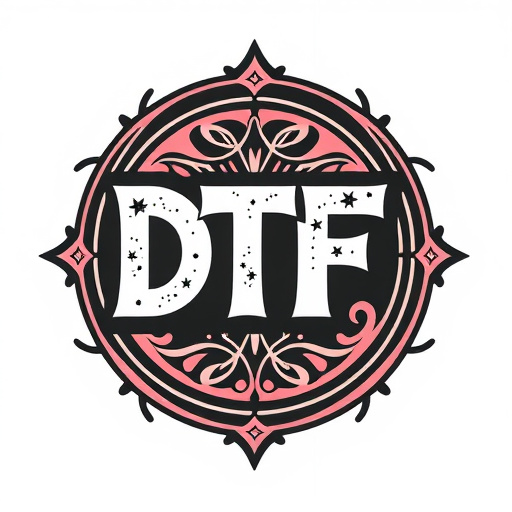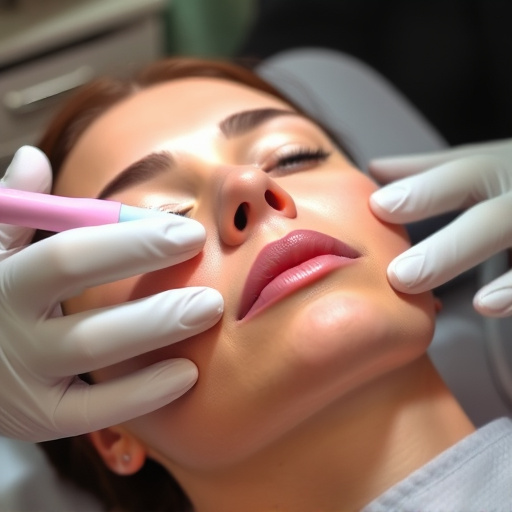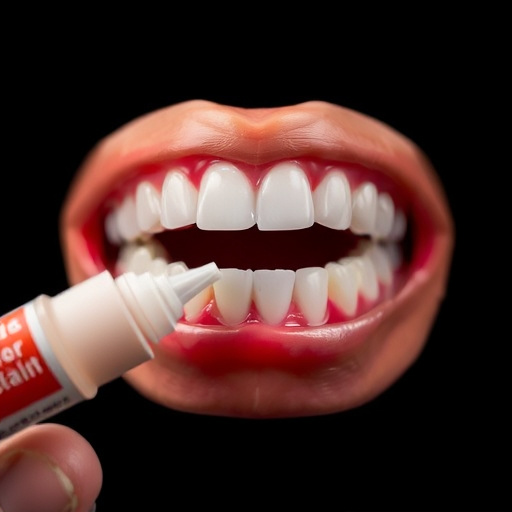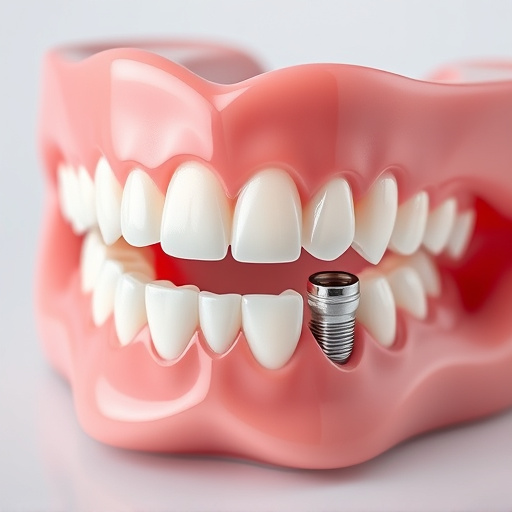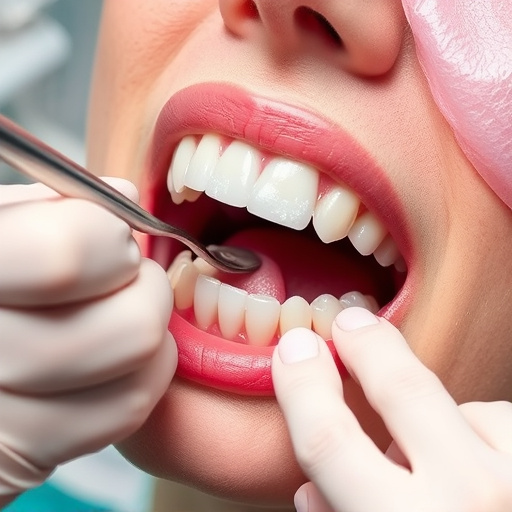The global dental care affordability crisis is deepening, making oral health services inaccessible for many. This issue impacts overall well-being as proper oral hygiene and regular check-ups are vital. Governments can address this by investing in affordable dental care programs, expanding public health initiatives, negotiating prices, and reforming insurance to cover preventive services. Federal initiatives and state programs ensure accessible affordable dental care, focusing on preventative dentistry, leading to healthier smiles and improved well-being.
In the United States, access to affordable dental care has become a pressing issue, affecting millions of individuals. The high cost of dental services often results in preventable oral health problems and financial hardships. This article explores the various government programs aimed at making dental care more accessible and affordable. From federal initiatives to state-level efforts, we delve into the strategies and resources available to bridge the gap, ensuring better oral health for all.
- Understanding the Dental Care Affordability Crisis
- Federal Initiatives to Bridge the Gap
- State Programs and Local Resources for Accessible Dentistry
Understanding the Dental Care Affordability Crisis

The dental care affordability crisis is a growing concern across many countries, with the cost of oral health services often being out of reach for a significant portion of the population. This issue has far-reaching implications, as proper oral hygiene and regular dental check-ups are essential components of overall health and well-being. The rising costs of dental procedures, including common treatments like dental fillings and intricate surgeries, have left many individuals forgoing necessary care due to financial constraints. Moreover, preventive dentistry, which focuses on routine cleanings and education, is a key strategy to combat this crisis. By investing in affordable dental care programs, governments can actively contribute to improving public health outcomes and ensuring that access to oral healthcare is not limited by economic factors.
This accessibility gap has severe consequences, leading to preventable dental issues and increased strain on emergency healthcare services. Many people delay or avoid dental treatments, resulting in more complex and costly procedures down the line. With a focus on making dental care more affordable, governments can foster healthier communities and reduce the burden on both patients and healthcare systems. Effective strategies may include expanding public health initiatives, negotiating prices with dental providers, and implementing insurance reforms to cover a broader range of services, especially preventive ones like regular cleanings.
Federal Initiatives to Bridge the Gap
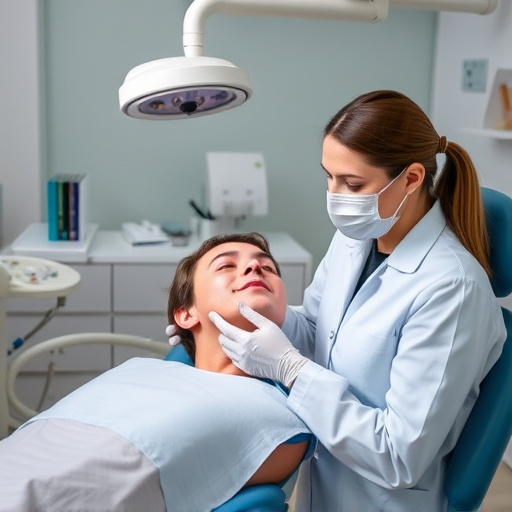
In recent years, federal initiatives have played a pivotal role in bridging the gap towards affordable dental care for all citizens. These programs recognize the significance of oral health as an integral part of overall well-being and aim to address the financial barriers that often prevent individuals from accessing necessary dental services. By implementing various strategies, these initiatives focus on expanding access to quality dental care, particularly for underserved communities.
One notable approach is through public-private partnerships, where federal funds support community-based organizations in providing preventive care, tooth repair, and clear aligner treatments. Additionally, subsidies and grants are offered to low-income individuals, helping them afford essential procedures like dental fillings and other restorative services. These efforts not only promote good oral hygiene but also prevent more complex and costly dental issues down the line, thereby reducing the overall burden on both individuals and the healthcare system.
State Programs and Local Resources for Accessible Dentistry

Many states have recognized the importance of accessible dental care and implemented programs to support residents in need. These initiatives often focus on providing preventative dentistry services, such as regular teeth cleanings and check-ups, to promote oral health from an early age. State-funded programs target underserved communities, ensuring that children’s dentistry is available to all, regardless of income levels.
Local resources play a crucial role in fostering affordable dental care. Community clinics and non-profit organizations offer services ranging from basic teeth cleaning to more complex treatments. These entities collaborate with local dentists to provide care at reduced costs or on a sliding fee scale. By combining state initiatives and community efforts, individuals can access necessary dental services, contributing to healthier smiles and improved overall well-being.
The pursuit of affordable dental care is a multifaceted endeavor, requiring collaboration between federal, state, and local entities. By understanding the crisis and implementing targeted programs, we can ensure that everyone has access to essential dental services. From federal initiatives to state-led efforts and local resources, there are promising steps towards making quality dental care more accessible and affordable for all.



